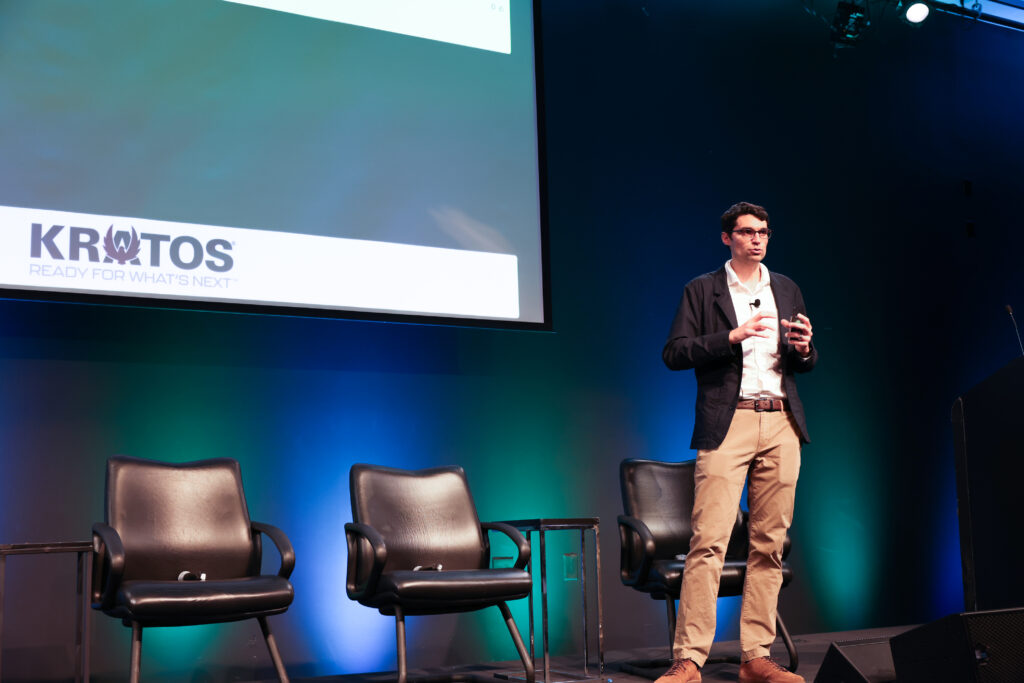By Chris Forrester

Dr Zak Manchester, Assistant professor, The Robotics Institute, Carnegie Mellon Univ. talked about small spacecraft swarms, and where “The whole is greater than the sum of its parts”. He highlighted the benefits from 3D observation, for example.
He explained that swarms, and where the spacecraft communicated with each other and had two high-level trends the first of which was increased autonomy. He showcased Range Based Relative Navigation, and the benefits came with no or very little extra cost. There was also Vision-based navigation where a spacecraft had one or two cameras on board. The craft was trained to focus on an Earth location for precise location and subsequently enabling full 3D examination and resulting, after a few hours, in a few metres of accuracy. More nodes added resulted in greater accuracy as the swarm grew.
The second trend was in harnessing the space environment and where a swarm entered into what he described a “formation flying” (and used by Planet Labs in some of their projects) and its associated Drag benefits.
Another project was using solar sails of some 5-meters square, and where small cube-sats were capable of “really sophisticated station keeping”.
He stressed the “swarms are coming” for Earth orbit and beyond in the solar system more generally. Work was also been done in reducing propellant use and increasing lifetimes in orbit.
